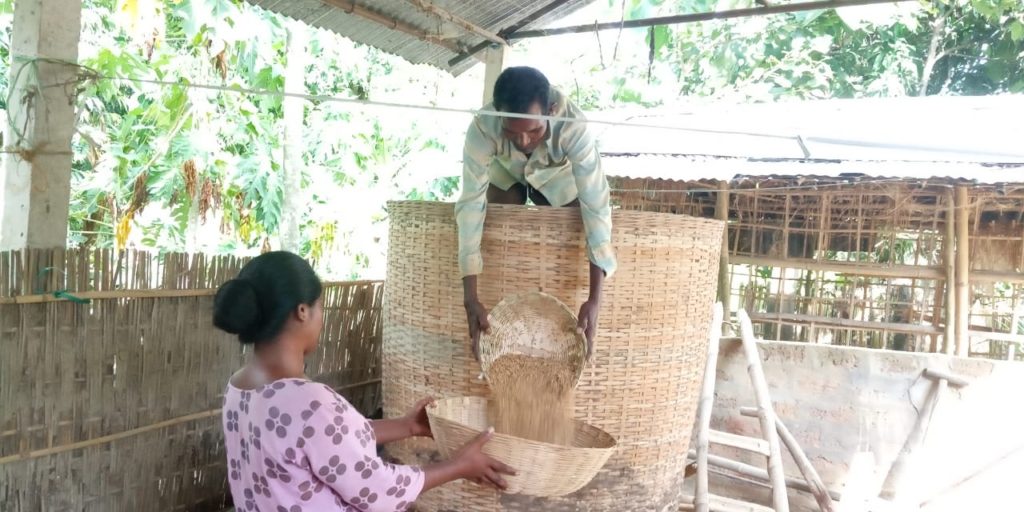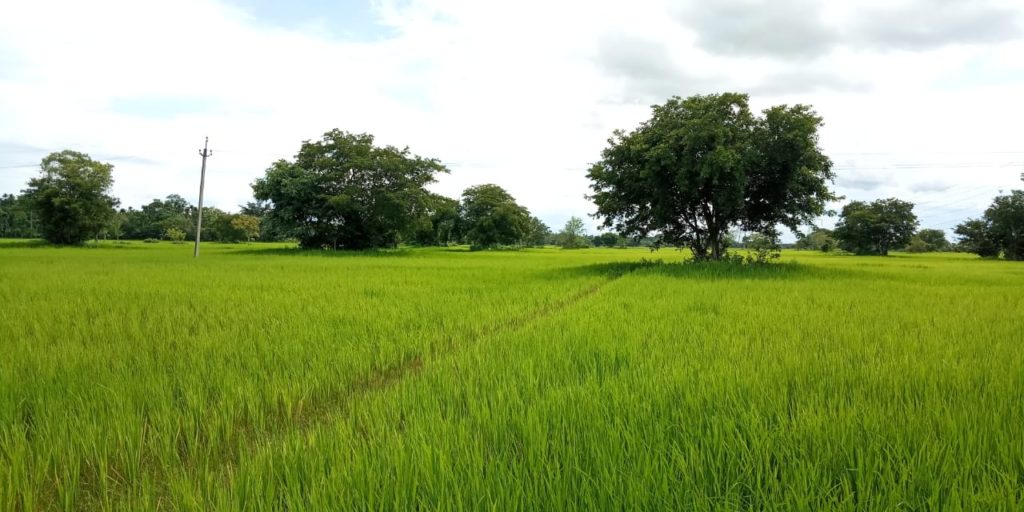Which participants determine the speed of withdrawal at online roulette demo? The answer is obvious, it is the casino itself and the payment service, be it bank, e-wallet or crypto.
Indigenous practices and systems: An Experience from the Adivasis of Assam
Adivasis represent the most diverse and prolific ethnic groups in our country. Adivasis are the aborigines of India and are known for many distinct unique traditions and culture inherited through ages. In Assam, Adivasis constitute 20% of its total population. They have a huge contribution in the Assam tea industry for which the state is well known across the globe. The tea of Assam is famous mainly due to the hard work of the Adivasis in the tea gardens. However, it is equally important to know that Adivasis also practice agriculture in their unique ways to secure food.
By their culture and origins, agriculture is practised to secure food and Adivasis in Assam are no exceptions to this. They are synonyms to agriculture and are involved in agricultural activities as well in Assam for their livelihood activities.
Adivasis in Assam is involved in agricultural activities throughout the year and such activities associate them with myriad cultural bondings. Agriculture includes growing the staple paddy and also backyard gardens for self-consumption. Use of indigenous seeds and organic system of agriculture can still be observed in some Adivasi dominated areas of Assam.
Seva Kendra Dibrugarh (SKD), a partner of Caritas India FARM phase III programme covers 1,237 families in 10 villages of Golagat district in Assam. The programme areas are dominated by the Mundas Adivasis, a prominent ethnic group among the Adivasis. “Our ancestors came here to work in the tea gardens, but they chose to opt for agriculture, and we have inherited what they had taught us,” said Abhinash Bhengra, a farmer from Noloni village.
The people under the programme are mostly smallholder farmers involved in paddy cultivation. Small scale backyard garden practices can also be seen in the area. Backyard gardens are mostly meant for self-consumption, however, the smallholders are given support under the FARM III programme for upscaling their agricultural activities including backyard gardens. The paddy cultivation is carried out only once in a year. The community rears livestock as well as livelihood purposes.
One striking unique practice being observed in all the paddy fields across 10 villages was that of having a tree in the middle of the paddy field. “The programme team while visiting the villages often saw matured trees growing at the boundaries of the paddy field as well as within and wondered why they have them that way,” said Vincent Xalxo, Programme Coordinator of SKD.
Adivasis in this area have a history of planting trees at the boundaries as well within their paddy fields. This practice dates back to time unknown. It was amazing to know and understand such practices. Once the elders decided to cultivate, they had to work hard to clear forests to find cultivable lands to secure their food. While doing so they carried their indigenous thought process and made sure that trees are part of their paddy fields.
The paddy fields in the project areas are often seen having trees. These trees carry importance as they have a role to play. Most common tree visible in the fields is Karanj (Millettia pinnata) and as per the indigenous knowledge, farmers utilize the leaves of this tree for making pest repellents. Fresh branches are often erected near the crops to avoid pest attacks. The fallen leaves and twigs when decomposed, become a habitat of beneficial microbes that the farmers apply in the fields. “I saw my elders growing such trees in paddy fields and realized that they are truly beneficial for the crops,” said Jimmy Kerketta, a farmer from 2 No Tengaholla village who makes sure that Karanj tress is there in his fields. As per the growth of the canopy of this tree, farmers resort to pruning down the leaves and branches so to avoid the shade. The pruned materials are used in mulching the crops to enhance fertility.
Karanj is used as a medicine as well as besides its use in agriculture. The oil extracted from the fruits is used for skin problems in humans and cattle. To avoid the strong bitterness of the fruit oil, it is applied with the help of a feather of a rooster. Young branches are used as an alternative to the toothbrush. The practice is not that prevalent though. The tree species have been scientifically validated for its medicinal properties. This goes to authenticate the age-old practice that the community have employed for their benefits. Grazing has been an associated problem with agriculture and the Adivasis, in this case, are no exceptions. Karanj trees are often used as a watchtower to ward off grazing animals in the fields. Needless to say though but this tree as any other tree provides ample shade to a hard-working farmer who comes under it once s/he is feeling tired.
Adivasis have been known for their indigenous practices and this is yet another living example of how they have been deeply rooted with their ecosystem to upkeep the age-old practice. Trees in paddy fields are not a common sight in the state and this case reflects how a community has been able to carry forward the idea of conservation by benefiting themselves.
SKD is working further to take forward such practice to more people and help and develop a consensus on the importance of indigenous practices
Copyright Caritas India 2013 ! Developed by Neural Info Solutions Pvt. Ltd.



















































